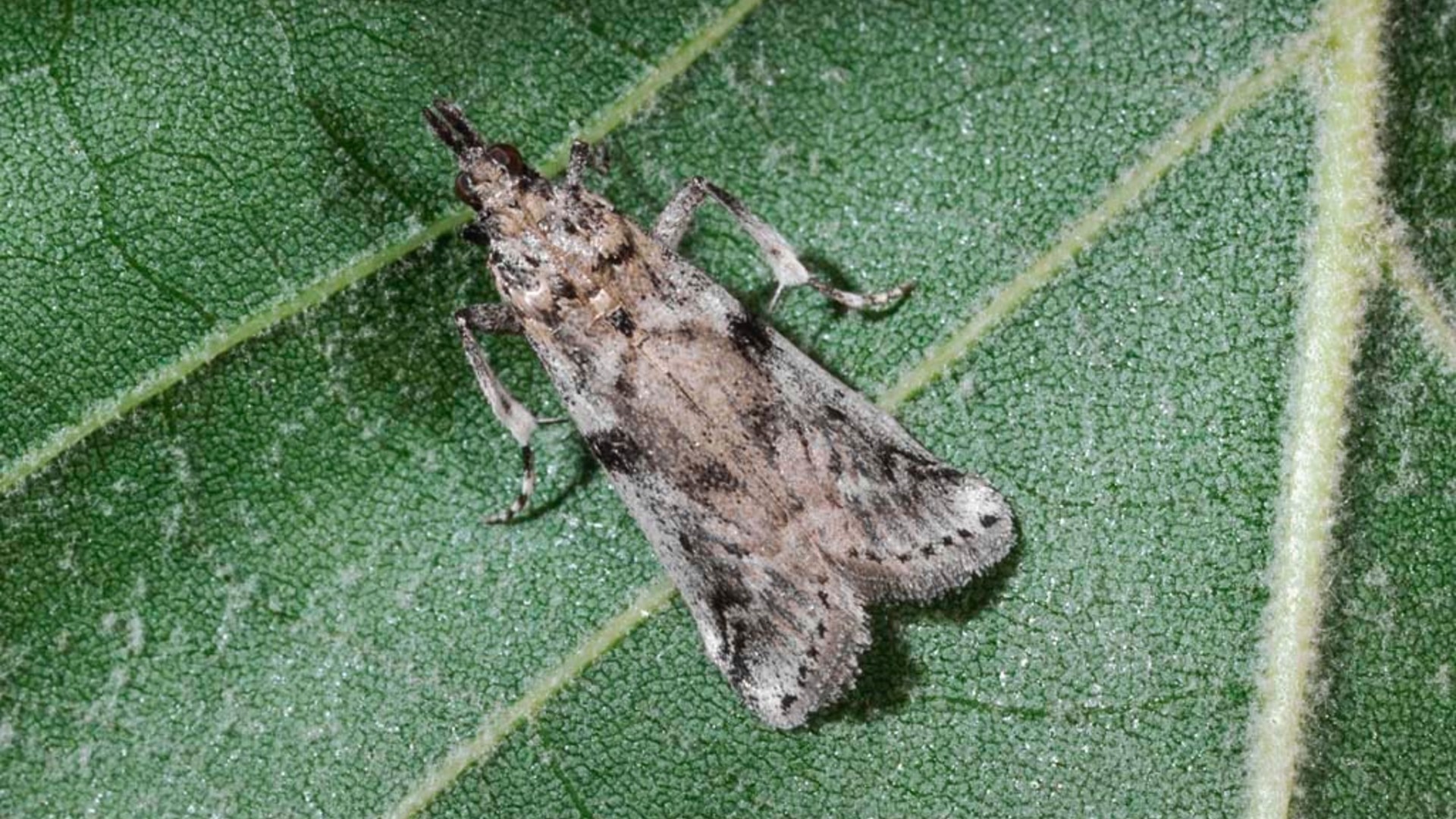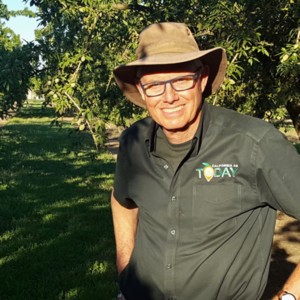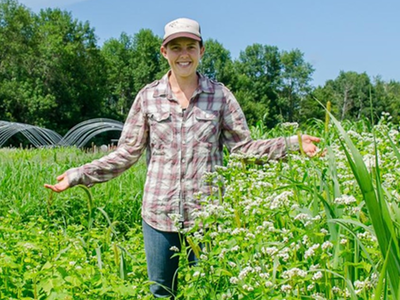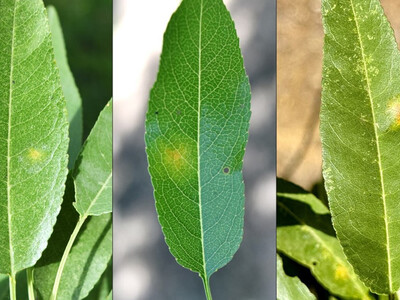A Decision To Use Mating Disruption Minimize Damage From Navel Orangeworm
Mating disruption for navel orangeworm is critical if you're in hotspots according to David Haviland and Entomologist with UCANR Kern County.“The average grower is trying to decide what is the role of mating disruption. In hindsight in 2017 it more than paid for itself everywhere it was used,” said Haviland. “In 2018 and 2019 with very little damage, in many cases it didn't pay for itself. It did reduced damage. A half of 10% is huge. A half of a half a percent isn't that big of a difference.”
It’s something that's growers really need to consider whether they're in a hotspot for navel orange worm or not. “Growers are trying to figure out where they should use mating disruption, and anywhere that historically has high damage, you almost have to use it. It would make no sense not to,” said Haviland.
Haviland said, growers need to think the other way around as well. “Likewise, if you're somewhere that never really has more than 1% it's not as easily justified there. Unless you can reduce the number of insecticide sprays,” he noted.
Low pressure could mean that a grower has done very good orchard sanitation. “Definitely keep doing sanitation or start replacing insecticides with mating disruption.”

















